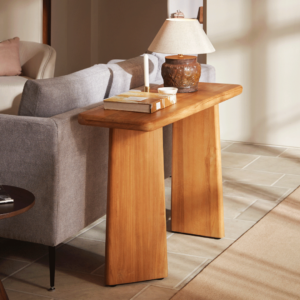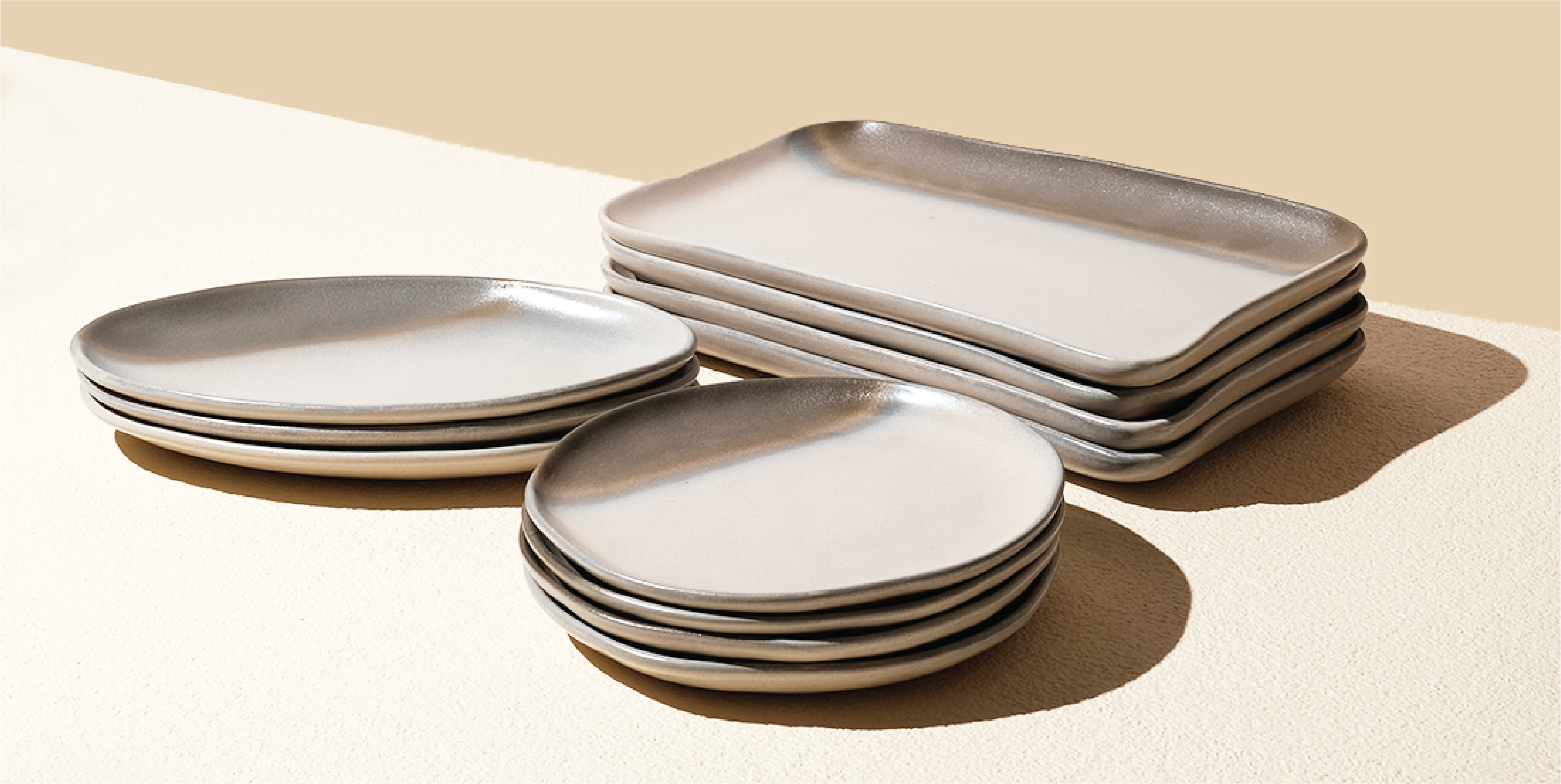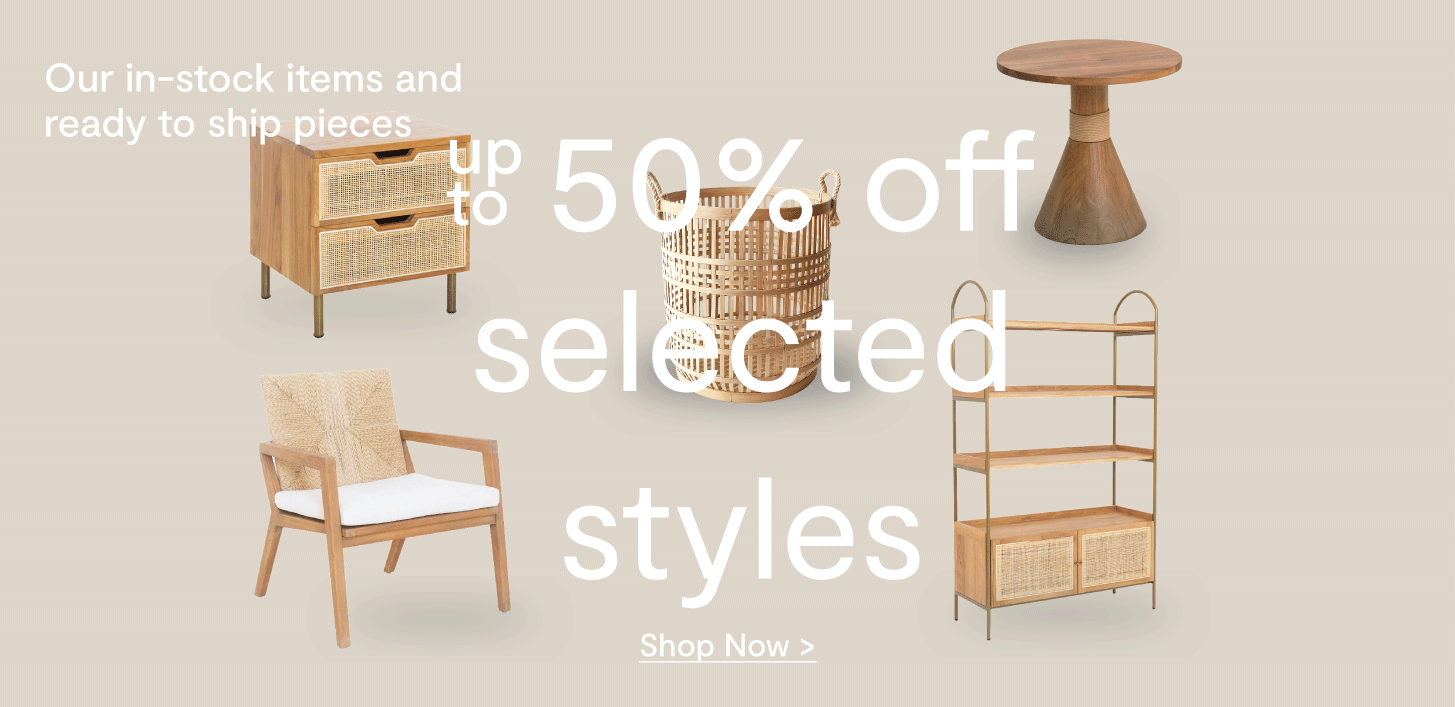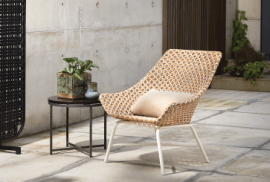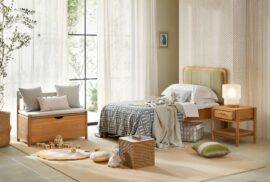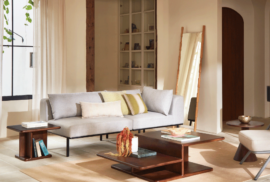Design Mistakes on Outdoor Furnishing
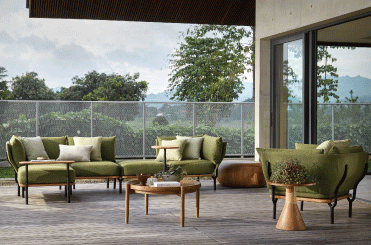
Forgetting the right materials for outdoors
Often times, we get carried away with the design of a furniture piece and forget that we are furnishing for an outdoor area. It’s important to first know the materials used in your outdoor furniture for its durability and functions.
- Teak + Acacia Wood
Mahogany + Mindi Wood
- Aluminum
Iron
- Granite
Marble
- Synthetic Rattan + Rope
Natural Rattan
Not enough or too much furniture
Depending on the size of your space, be sure to know whether you’d like your outdoor space for: lounging or dining? If you have small space, you can easily decorate it with one or two chairs with one side table for lounging, or two dining chairs and one bistro table. Vice versa, if you have a large space, you can decorate for both lounging and dining.
Forgetting the greeneries
Plants help to soften the look of outdoor areas. When planning your outdoor area, remember the key components required: furniture, planters and plants, to even the lighting. Choose your outdoor plants wisely and find the planters that suit the look.
Planters + Plants Alternatives
Asparagus Fern
Caladium Love
Monstera Adansoni
Wrong Color Coordination
Color combination can get tricky, either you use too little colors, or you may use the wrong colors together. Your outdoor area can look a bit loud when you use too much color, but if you use colors that complement, the effects will be lively and vibrant.
Our suggestions for this issue:
- Pick the primary color
- Find the dominant color of your space
- Use earthy tones
- Find the analogous colors and implement for accessories
- Primary color: Your primary color should be bold. It is the focal color that needs to take a dominant role in your design. For instance, if blue is your primary color, the same hues of blue should be repeated in the surrounding landscape.
- Dominant color: The dominant color is the natural color of the landscape. If your outdoor area is mostly a garden, then the dominant color is green. If your backyard consists more of a semi-outdoor space, it can be the color of your walls, e.g. concrete – grey or white walls with wooden façade – white or beige.
- Earthy tones: This tone consists of browns, greys, taupes, to tans. It creates a serene look especially for the outdoor space.
- Analogous colors: These are the tree colors of your primary colors side-by-side on the color wheel. For example, blue, the analogous colors can be navy, grey or light blue.
Not Accessorizing Enough
Not accessorizing or under accessorizing can reflect instantly in the presentation of your outdoor area. Keep the tone light for your outdoor accessories, such as using neutral and earth colors. Accessories for the outdoor area can include:
- cushions
- lanterns
- planters or vases
- outdoor dividers
- hanging ornaments
